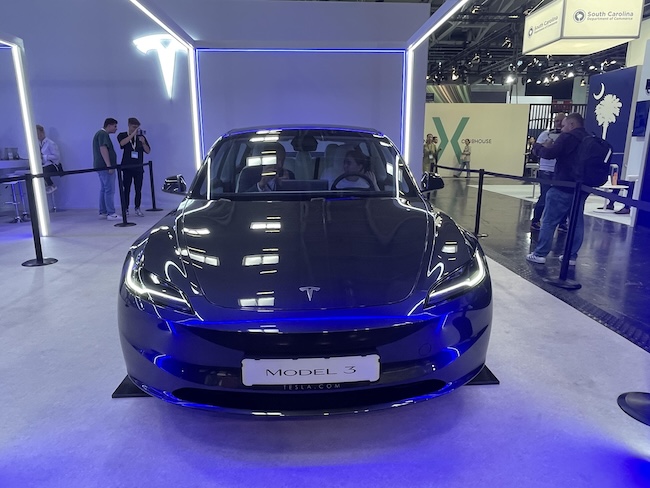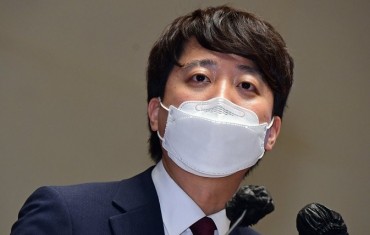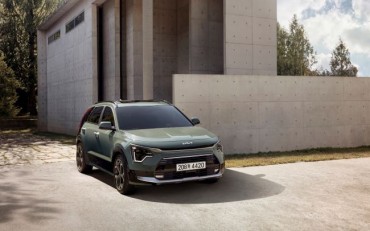SEOUL, Jun. 17 (Korea Bizwire) – As electric vehicles (EVs) with extended driving ranges enter the mainstream South Korean market, consumers’ interest in battery technology—a crucial factor determining an EV’s range—is expected to intensify. Some industry observers predict that the proliferation of affordable EVs could ignite fierce competition in battery development.
According to auto industry analysts, Hyundai’s soon-to-be-unveiled Casper Electric, a compact sport utility vehicle (SUV), boasts an impressive maximum driving range of 315 kilometers on a single charge, based on certification by the Ministry of Trade, Industry and Energy. This range surpasses the 205-kilometer capability of its small-car counterpart, the Kia Ray EV, by a significant 110 kilometers.
The discrepancy in driving range between the Casper Electric and the Ray EV is attributed to their different battery technologies. The Casper Electric utilizes a nickel-cobalt-manganese (NCM) battery, while the Ray EV employs a lithium iron phosphate (LFP) battery.
NCM batteries, also known as ternary batteries, are characterized by high energy density and extended driving ranges. As the nickel content in these batteries increases, so does the driving range, albeit at a higher production cost.
In contrast, LFP batteries offer a shorter driving range compared to NCM batteries but are more cost-effective and considered highly stable.
Gwangju Global Motors (GGM), the contract manufacturer for the Casper, plans to produce 17,000 electric models out of its targeted 24,500 units in the second half of this year, accounting for approximately 70% of its production volume.
Among imported EVs, Tesla’s Model 3, which has seen a surge in sales this year, has achieved a competitive price point by equipping its base model with LFP batteries from Chinese manufacturers. Leveraging this pricing advantage, Tesla sold 5,273 Model 3 units in the South Korean market from January to May. According to Tesla Korea’s website, the Model 3 has a claimed range of 488 kilometers on a single charge.
Kia’s upcoming compact electric SUV, the EV3, which will be available next month, will feature an NCM battery instead of an LFP variant. The long-range version of the EV3, equipped with a high-capacity 81.4-kilowatt-hour (kWh) NCM battery, boasts an impressive driving range of up to 501 kilometers on a single charge.
The growing adoption of NCM batteries in affordable EVs is noteworthy, potentially driven by the prevailing sentiment in the United States and Europe to counter Chinese dominance in electric vehicles and battery production.
LFP batteries are a mainstay product for Chinese companies like CATL and BYD. Under the U.S. Inflation Reduction Act (IRA), EVs equipped with Chinese-made batteries are ineligible for tax credits.
In February, South Korea’s Ministry of Environment overhauled its electric vehicle subsidy program, introducing a “Battery Environmental Coefficient” that provides higher subsidies for vehicles using batteries with superior economic viability for recycling after use. This move has been interpreted by some as a measure targeting the lower energy density and recyclability of Chinese-made LFP batteries.
Kevin Lee (kevinlee@koreabizwire.com)








